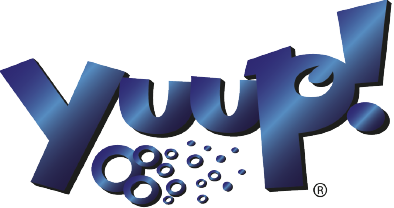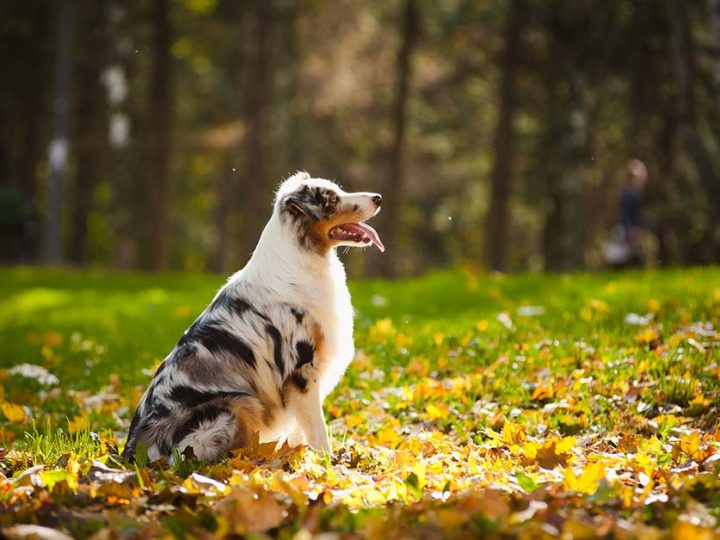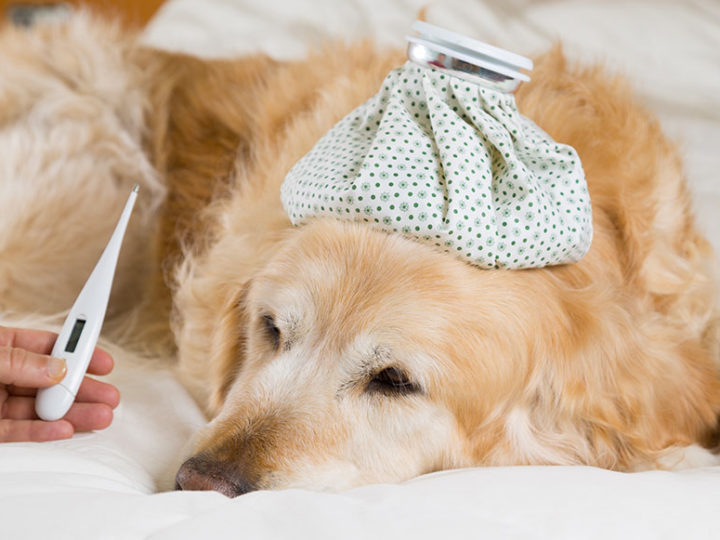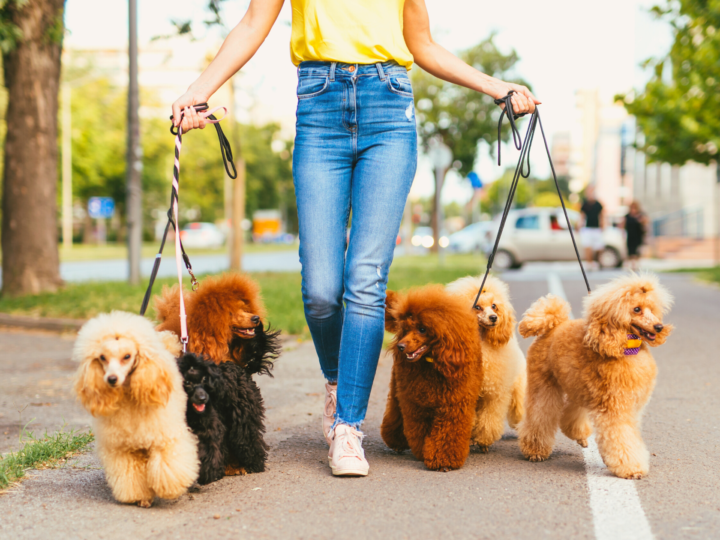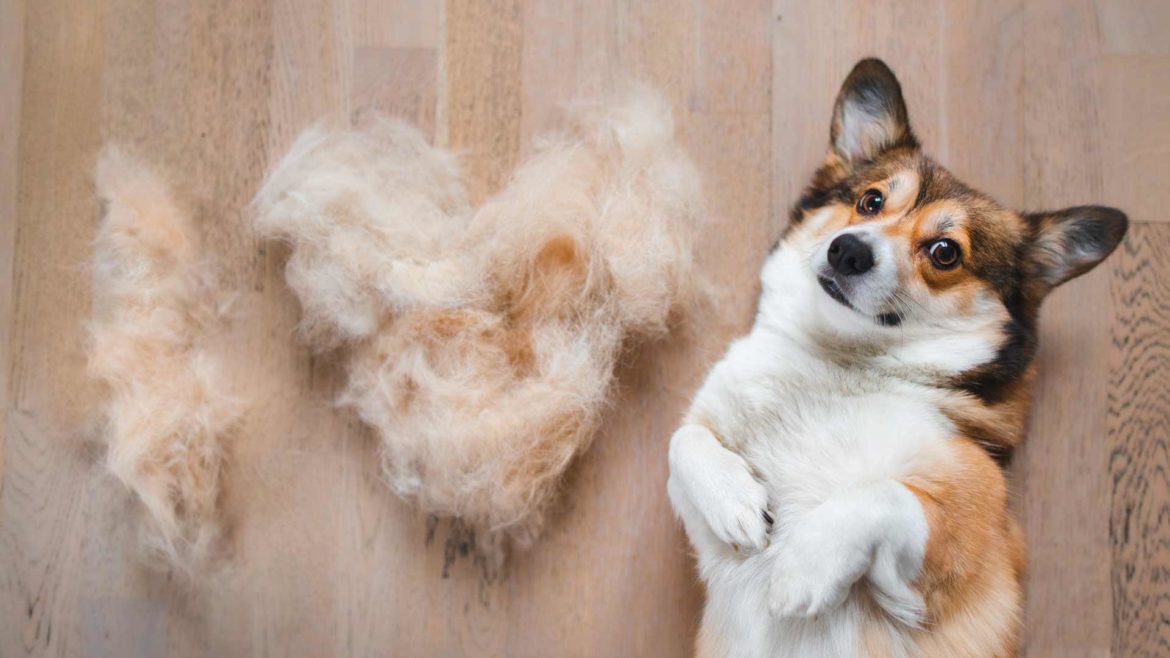
It happens twice a year, in spring and autumn: our dogs moult, i.e. the hair loss or shedding process that prepares our friends’ coats for the new season.
But what exactly is it and how do we deal with this phase? Let’s find out together!
How a dog moults
First of all, one thing must be made clear: it does not happen to all dogs, only to those with coat and undercoat. Let’s take a closer look at what this is all about.
What happens in autumn
The coat of many dog breeds is distinguished into two types:
- The guard hair, the outer coat, made of long, stiff hair, which has the task of protecting the animal from cold, wind and rain:
- The undercoat, a shorter, woolly layer which serves as thermal insulation for the dog’s body.
The autumn moult has to do with this last layer, which is thickened for the colder months, to give greater protection to our four-legged friends.
There are some breeds – such as the Poodle, the Yorkshire or the Airdale Terrier – that do not have an undercoat and therefore do not moult.
What triggers moulting
In establishing winter shedding and winter growth, it is not the drop in temperature, but the increase in the hours of darkness compared to the hours of daylight.
Therefore, the intensity and duration of this phenomenon can vary not only according to the breed – very hairy dogs can have a longer moult precisely because they lose more hair – but also according to the time the animal spends indoors or outdoors. A dog that is used to living outdoors will, in fact, have a shorter and more intense moult compared to one that spends a lot of time indoors, under artificial light that reduces the hours of darkness.
Generally, a dog’s moult lasts from 3 to 7 weeks.
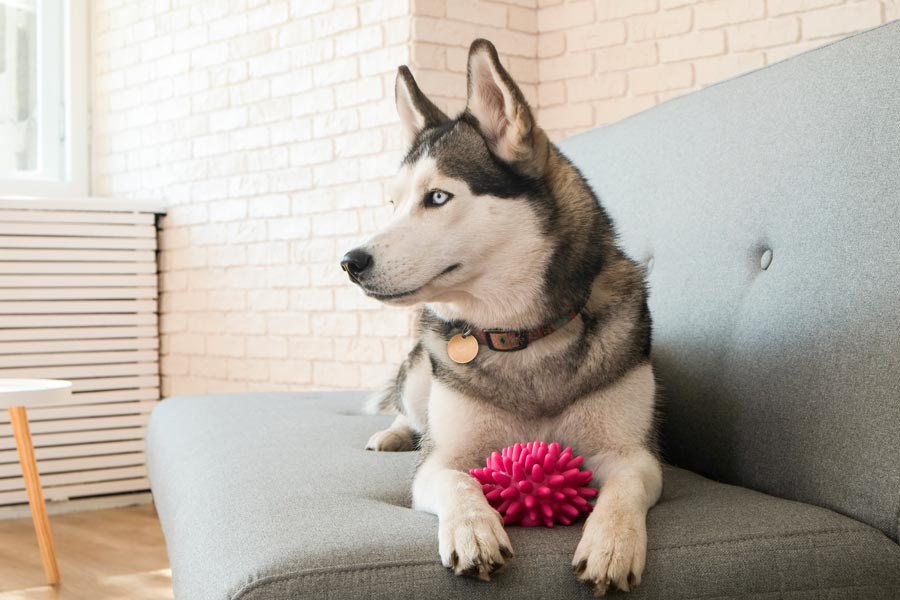
Dog moulting in autumn: your dog will scratch more often
Tips on how to cope with a dog’s moult
The shedding process is a natural and physiological process, which can however be annoying for our dogs.
In fact, the hair that dies and falls out is likely to become tangled, creating uncomfortable knots, which can obstruct the skin and prevent the skin from oxygenating.
In addition, the new hair growth can irritate the dog’s skin, which will then start to scratch repeatedly.
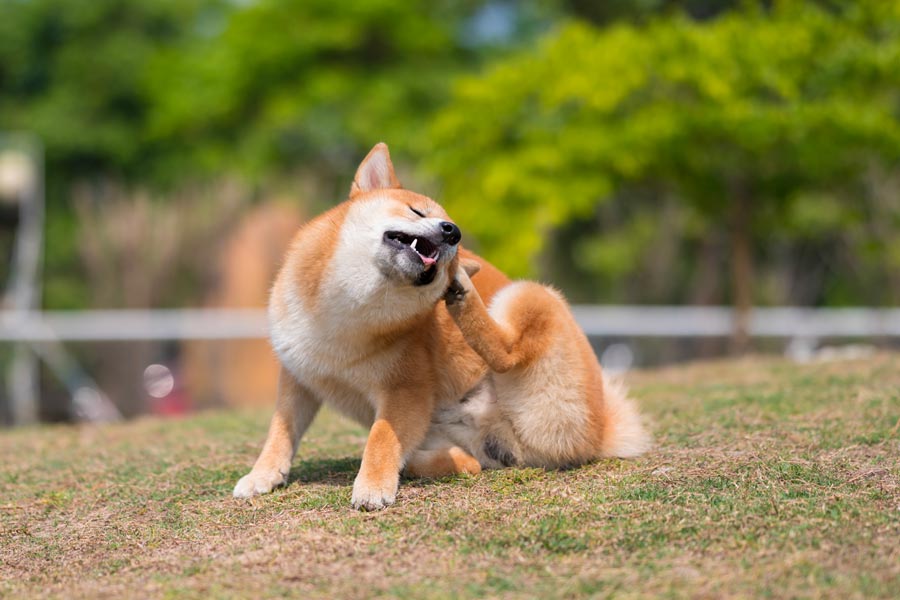
Dog moulting in autumn: your dog will scratch more often
Tips on how to cope with a dog’s moult
All these problems can be prevented or mitigated by behaving correctly during this delicate time for the dog. Here are a few tips.
First of all, we reiterate the importance, at this stage more than ever, of brushing our four-legged friend regularly. This will facilitate the change of hair, preventing the formation of knots and thus helping the skin to oxygenate well. If you follow this advice, your dog will scratch much less.
If your dog’s coat situation becomes too much work, our advice is to go to a dog groomer for professional help.
For grooming your pet, at this delicate stage, we advise you to choose products that nourish and protect his skin and coat, such as the Yuup! puppy and sensitive skin shampoo and etangling conditioner.
Finally, the last piece of advice: during moulting, it is important to integrate some nutrients into your dog’s diet:
- omega 3 and omega 6, to help with hair loss and make new hair grow stronger, also strengthening the skin;
- amino acids, which help in the formation of hair and skin;
- proteins, to strengthen the organism.
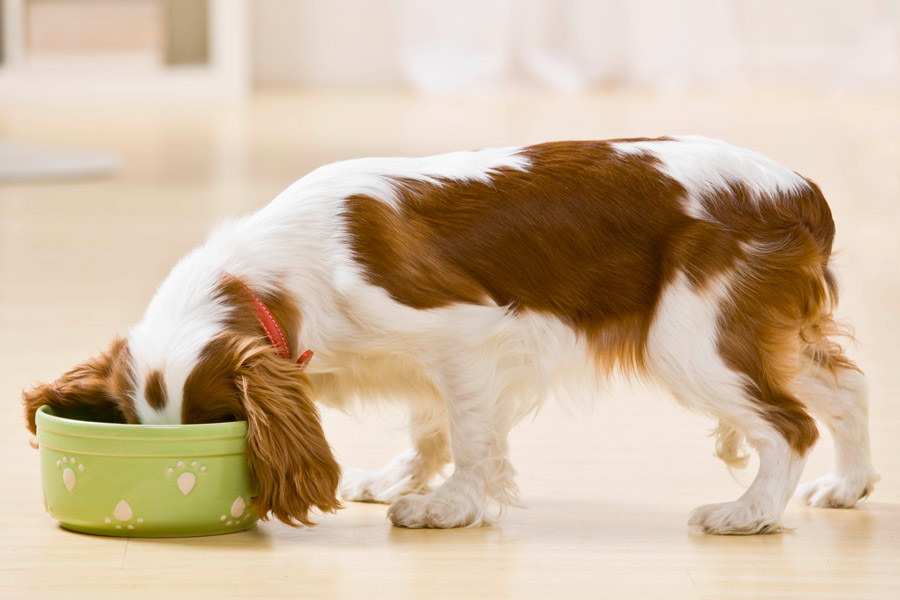
Dog moulting in autumn: take care of your dog’s diet
Ask for advice to your vet to help you choose the right foods and supplements for your dog, breed, age and health.
